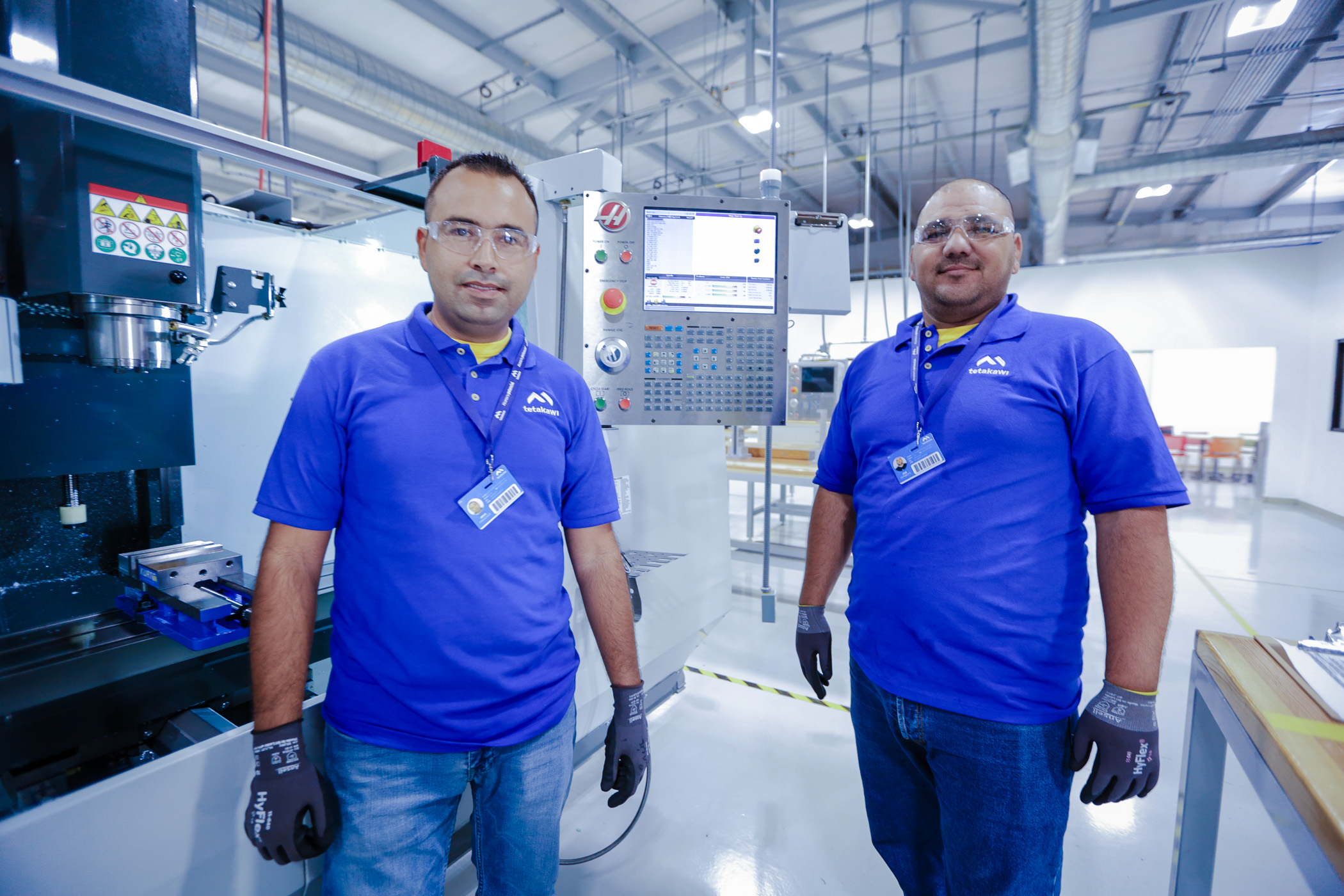Despite a flurry of reshoring initiatives and successful efforts to bring many employees back to work in manufacturing after pandemic-related closures, American factories can’t seem to find workers needed to fill critical gaps in manufacturing labor. A May 2021 report from Deloitte and The Manufacturing Institute calls it a $1 trillion problem, with as many as 2.1 million U.S. manufacturing jobs expected to remain unfilled through 2030. This U.S. labor shortage includes both specialized roles as well as higher-paying entry-level production positions.
In early 2020, U.S. workers lost about 1.4 million manufacturing jobs due to pandemic-related closures that, according to Deloitte, may have set the U.S. manufacturing workforce back by more than a decade. However, by early 2021 the industry had largely recovered those lost jobs—and was desperately seeking more than 500,000 additional workers.
While the so-called skills gap—that is, a lack of technically skilled workers—remains a challenge in filling these positions, many manufacturers are now reporting that they can’t fill entry-level production associate positions that require no technical know-how or industry knowledge. This includes team assemblers, production work helpers, and hand-held tool cutters and trimmers. What’s more, the report says there is no indication of this trend reversing itself. Surveyed U.S. manufacturing executives said that finding the right talent today is 36% harder than it was in 2018.
This inability to fill jobs has a tremendous impact on maintaining the production levels needed to satisfy increasing customer demands, pivot in response to new market opportunities, support new product innovation, or implement new technologies, surveyed executives report. As one executive asked the report researchers, “Is there a point when we run out of production workers or a point when we have to consider moving to a different location?”
Cross-border manufacturing impact
The truth is that the U.S. manufacturing labor shortage is not new and not likely to reverse itself in the near future. Many manufacturers are finding that moving manufacturing to Mexico can not only address this skilled labor shortage but also minimize the economic impact of moving manufacturing overseas.
A 2020 U.S. Congressional research report on U.S.-Mexico Economic Relations notes that the two-way expansion of trade since NAFTA—the “flow of intermediate inputs produced in the United States and exported to Mexico and the return flow of finished products”—has greatly increased the economic significance of U.S.-Mexico production for each country. Raw materials imported duty-free into Mexico from the U.S. are incorporated into a tremendous range of manufactured goods that are then shipped largely back to the United States to meet the demand of Mexico’s largest trading partner. Many companies also find that they are better able to support more technically skilled U.S.-based jobs by expanding with a manufacturing operation in Mexico.
Training the manufacturing workforce

One of the challenges facing U.S.-based manufacturers is the struggle to provide pre-employment training for key production-related positions such as machinists, technicians, welders, and electricians.
Because the pay level for these positions tends to prevent workers from relocating to find work, manufacturers must provide training to the local workforce. The challenge is providing this training in the exact locations where there is worker demand and available an workforce willing to complete training that could take several months, if not more than a year, often without pay.
Companies looking to connect with a manufacturing workforce in Mexico tend not to face this problem. Manufacturing is a key part of Mexico’s economy, and the state government and national educational institutions work to support training in this area to connect the local workforce with strong jobs.
What’s more, many of the country’s training centers apply a German model for hands-on learning that is tailored to meet manufacturers’ specific goals. In fact, the German Federal Ministry for Economic Cooperation and Development is supporting the Mexican Ministry of Education with an expansion of this dual vocational training model through 2022. The project is aiming to train a minimum of 30,000 young people from higher technical secondary school, the National College of Professional Technical Education, and other agencies by that time.
As a result, many U.S. companies are turning to Mexico to fill skilled manufacturing needs. In an interview with GlobalAutoIndustry.com, Jose Ruiz, CEO and Managing Partner of executive search firm Alder Koten, cited as one example a Boston-based precision machining company that solved its struggle to find CNC machinists by working with CNC machinists in Mexico. “I think that Mexico is very well prepared to be very competitive and to be able to cover the talent gap that we’ve been experiencing in the U.S.,” Ruiz commented.
Preparing for smarter factories
The Deloitte and Manufacturing Institute report notes that finding skilled workers will only grow as a problem for U.S. manufacturers as factories become “smarter.” The skills needed to work in a smart factory will be different than those skills used in standard manufacturing processes today.
Without relevant training on these increasingly digital skills, U.S. manufacturers can expect to leave up to 2.1 million jobs unfilled between 2020 and 2030. The consequences of these unfilled positions include lower levels of productivity, innovation, competitiveness, and even GDP.
By launching operations in Mexico, however, U.S.-based companies can bridge these gaps in productivity and innovation. This is because Mexico’s workforce is gaining these skills at the smart factories going up around the country today.
As Ruiz pointed out, “Even if you wanted to, there’s no way you could find someone with decades of machine learning experience. It’s a relatively new trend so there’s no distinction between the level of experience when you lack talent in the U.S. or talent in Mexico. These emerging fields will, I think, find a very quick niche in Mexico.”
Already, U.S. firms are turning to Mexico for increasingly skilled engineering and even computer science support, a dramatic change from the assembly-based focus of the past.
“We’ve had clients asking about the math majors and people who can get into the guts of algorithms,” Ruiz shares. “This is a reflection of the engineering at this level starting to happen in Mexico. There’s a talent crunch in the U.S., and now, with remote work, it’s very easy to be able to get that in a place where they don’t have to sit in the same building. I think this is a trend that’s going to continue.”
Turnkey solutions for manufacturing in Mexico
Although Mexico can provide competitively priced skilled labor for an increasingly complex range of manufacturing tasks, recruitment is a challenge no matter the country in which you operate. Fortunately, you don’t have to recruit this workforce alone. As part of our, Shelter Program Tetakawi supports manufacturers in attracting potential employees with the right blend of advertisements, competitive wages, and benefits for your site. With the right approach to recruitment, manufacturers can trust that they have the team to guide their success.
To learn more about our shelter services for manufacturing in Mexico, contact Tetakawi today.
Subscribe
Sign up and stay informed with tips, updates, and best practices for manufacturing in Mexico.





